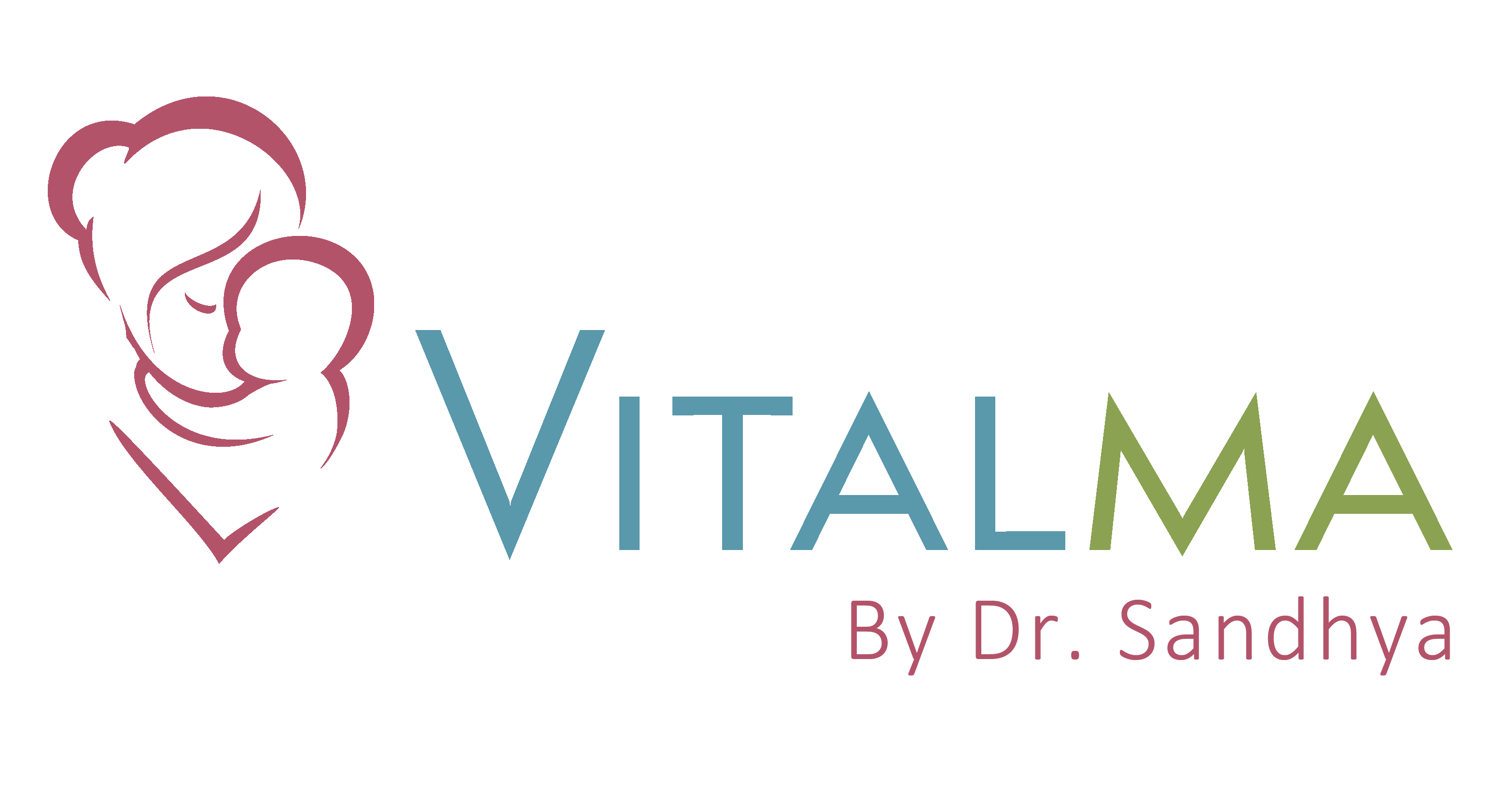By Siyona Varghese
Children with Attention-Deficit/Hyperactivity Disorder (ADHD) are often described as energetic, curious, and imaginative qualities that can make traditional classroom learning a challenge, but also a tremendous strength when approached the right way. Play, which naturally engages attention, movement, and creativity, can be one of the most effective ways to help children with ADHD learn, express themselves, and develop essential life skills.
Why Play Works for Children with ADHD
Children with ADHD often struggle with focus, impulsivity, and regulating their energy levels. They may find it difficult to sit still for long periods, follow multi-step instructions, or complete tasks that don’t feel stimulating. Traditional learning environments structured, quiet, and sedentary can unintentionally highlight these challenges.
Play, on the other hand, matches the way children with ADHD naturally engage with the world. It involves movement, curiosity, and immediate feedback. When children are playing, their brains release dopamine a neurotransmitter linked to attention and motivation which is often underactive in ADHD. This means play doesn’t just make learning fun; it actually supports brain function and focus.
The Learning Power of Play
Through play, children with ADHD can strengthen skills that are foundational for learning and emotional growth, including:
Attention and Focus: Games that require listening, waiting for turns, or remembering sequences like “Simon Says” or “Red Light, Green Light” help children practice sustaining attention in an enjoyable way.
Impulse Control:
Structured play teaches children how to pause before acting. Board games or role-playing, for instance, require waiting, thinking, and taking turns skills that translate to better self-control in daily life.
Working Memory and Organization: Activities such as building with blocks, completing puzzles, or playing strategy games encourage planning, sequencing, and problem-solving areas where children with ADHD often need extra support.
Emotional Regulation: Play offers a natural outlet for releasing energy and frustration. Through physical activity or imaginative scenarios, children can explore emotions safely, helping them recognize and manage feelings like anger, excitement, or disappointment.
Social Skills: Cooperative games teach teamwork, communication, and empathy. By playing with peers, children with ADHD can learn to read social cues and practice positive interaction in a low-pressure setting.
Types of Play That Support Learning
Movement-Based Play: Physical play such as dancing, jumping, climbing, or yoga allows children to channel their high energy productively. Activities like obstacle courses or scavenger hunts can also teach goal-setting and perseverance.
Creative Play: Drawing, building, music, or pretend play let children express imagination and develop focus. For instance, creating a story together can strengthen both language and attention skills.
Mindful and Sensory Play: Sensory-rich activities playing with sand, clay, or water help calm overstimulation and improve concentration. Mindful play, such as breathing games or guided relaxation with toys, teaches self-awareness and emotional control.
Structured Game Play: Board games and simple card games like “Uno” or “Go Fish” are great for building attention, patience, and rule-following. Even digital educational games, when used thoughtfully, can support memory and focus.
How Parents and Educators Can Support Learning Through Play
Keep It Active: Incorporate movement into learning. Practice spelling words while hopping, or solve math problems through a treasure hunt. Physical engagement helps children with ADHD absorb information more effectively.
Use Short, Engaging Sessions: Children with ADHD learn best in short bursts. Alternate between active and calm activities to maintain focus and prevent overwhelm.
Celebrate Small Wins: Positive reinforcement builds motivation. Praise effort, not just results for example, “You focused really well on that game!” or “You remembered all the steps great job!”
Create Predictable Routines: Consistency provides security. Designate certain times for play and learning so that transitions are smoother and less stressful.
Join the Play: Adult involvement enhances connection and guidance. When caregivers or teachers play alongside children, it models patience, cooperation, and problem-solving.
Transforming Challenges into Strengths
The qualities often seen as challenges in ADHD curiosity, energy, and spontaneity can become incredible assets when nurtured through play. For example, a child who struggles to sit still during lessons might thrive in a hands-on science experiment or team sport. A child who has trouble focusing might show extraordinary creativity during building or role-play sessions.
Play also fosters self-esteem. When children experience success in playful learning, they begin to see themselves not as “distracted” or “hyperactive,” but as capable and resourceful learners. This shift in self-perception is vital for long-term confidence and emotional resilience.
Conclusion
Play is not a distraction from learning it is one of the most powerful forms of learning, especially for children with ADHD. Through playful experiences, children can build focus, emotional control, and confidence, all while feeling understood and supported.
When parents, teachers, and caregivers approach play intentionally as both a tool for joy and growth they help children with ADHD discover that their energy and imagination aren’t obstacles to learning but the very keys to unlocking their potential.

